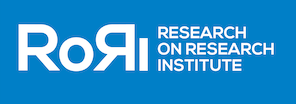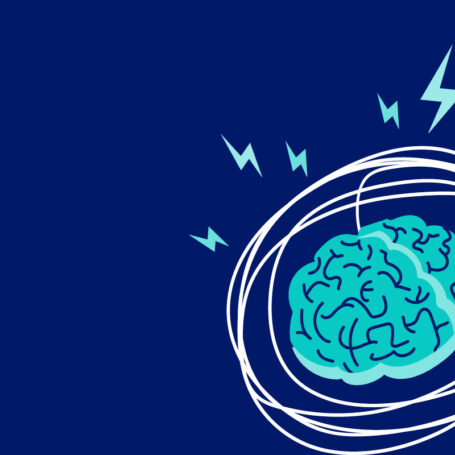MINDSPACE: A simple checklist for behaviour change
Influencing behaviour is central to public policy. Recently, there have been major advances in understanding the influences on our behaviours. Policy-makers are taking notice. In May 2010, I was an author of the ‘MINDSPACE’ report, which shows how to make that happen.
For policy-makers facing policy challenges such as crime, obesity, or environmental sustainability, advances in behavioural science offer a potentially powerful new set of tools. Applying these tools can lead to low-cost, low-pain ways of ‘nudging’ providers, consumers and citizens into new ways of acting by going with the grain of how we think and act. This is an important idea at any time, but is especially relevant in a period of fiscal constraint.
In simple terms, we can seek to change behaviour in two main ways. First, we can seek to change minds. If we change the way they think about and reflect upon things, then we can change their behaviour. The success of these kinds of interventions has been somewhat mixed. Second, we can seek to change people’s behaviour by changing their contextual cues. If we change the ‘choice architecture’, then we can change their behaviour. It turns our behaviour is a lot more ‘automatic’ and somewhat less ‘reflective’ than we have previously thought.
We have gathered up many of the robust effects on behaviour that operate largely, though not exclusively, on the automatic self. We have expressed them under the pneumonic MINDSPACE: messenger, incentives, norms, defaults, salience, priming, affect, commitments, and ego.
MINDSPACE can be used as a checklist for policy-makers or anyone interested in changing behaviour, and those involved in influencing how people think about the appropriateness of behaviour change interventions.






















































































